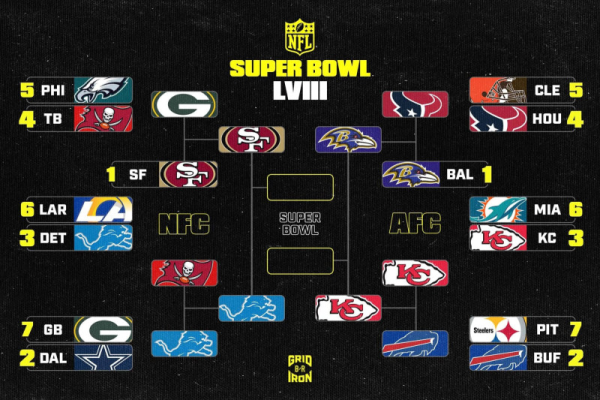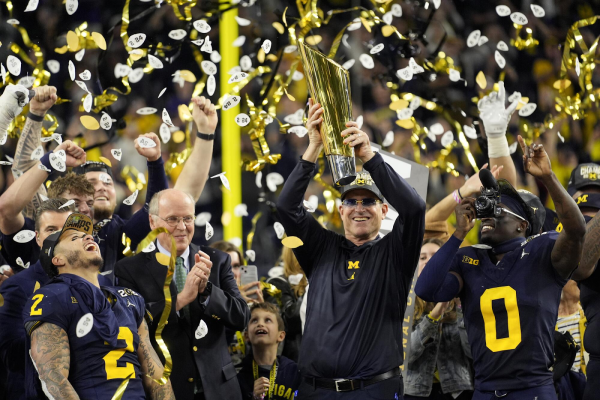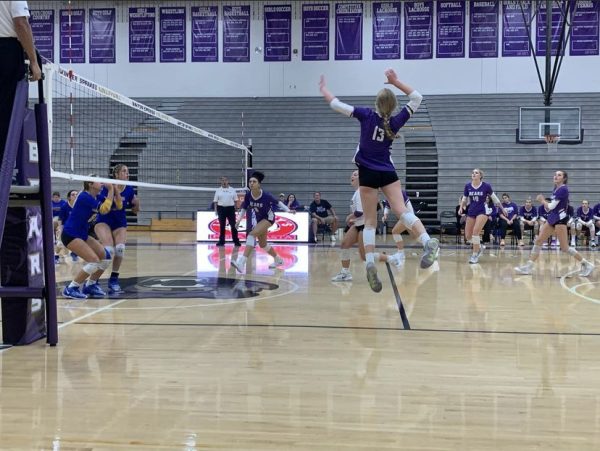Injuries in Football
February 4, 2021
Injuries in Football
Lily Mendez
Staff Reporter
Football has the highest injury rates of all high school sports. Although football is a very popular sport, especially in high school, it can be dangerous. Players can suffer from concussions, broken bones, sprained ankles, CTE, and many other injuries.
Knee injuries in football are most common. One of the common knee injuries to happen is the rupturing of the ACL which stands for “anterior cruciate ligament.” The ACL is the most important structure preventing the tibia bone from moving too far forward of the femur bone. These ruptures are the result of both contact and non-contact injuries. If a player tears their ACL they will most likely not be back for the entire season. This is because ACL tears are usually reconstructed with surgery and the rehab from these surgeries is lengthy. Return to play may take anywhere from six to nine months, sometimes up to a full year. The surgery itself involves reconstructing the ligament with another ligament either harvested from somewhere else in the body, from a cadaver donor, or a combination of both. When players do go back, they normally wear a brace to protect the new ACL.
Concussions are also another common injury in football. There are many side effects of having a concussion. Many of the consequences are short term, but can still be severe. Some of these consequences are confusion, headache, fatigue, memory loss, dizziness, blurred vision, and so on. A concussion in football is one of the smaller injuries players face. There are a lot more severe injuries that happen in football.
CTE is one of the more severe injuries. CTE stands for chronic traumatic encephalopathy. This is a progressive and fatal brain disease associated with repeated traumatic brain injuries, including concussions and repeated blows to the head. It is also associated with the development of dementia. The symptoms of CTE include memory loss, confusion, impaired judgment, impulse control problems, aggression, depression, anxiety, parkinsonism, and so on. These symptoms often begin years or even decades after the last brain trauma or end of active athletic involvement. This means that most of the time the players won’t even know they have CTE until years after they are done playing.
Even though football can be dangerous it is still a fun sport to play and many enjoy it. These are just some things that should be known that can happen if someone is thinking about playing.




















